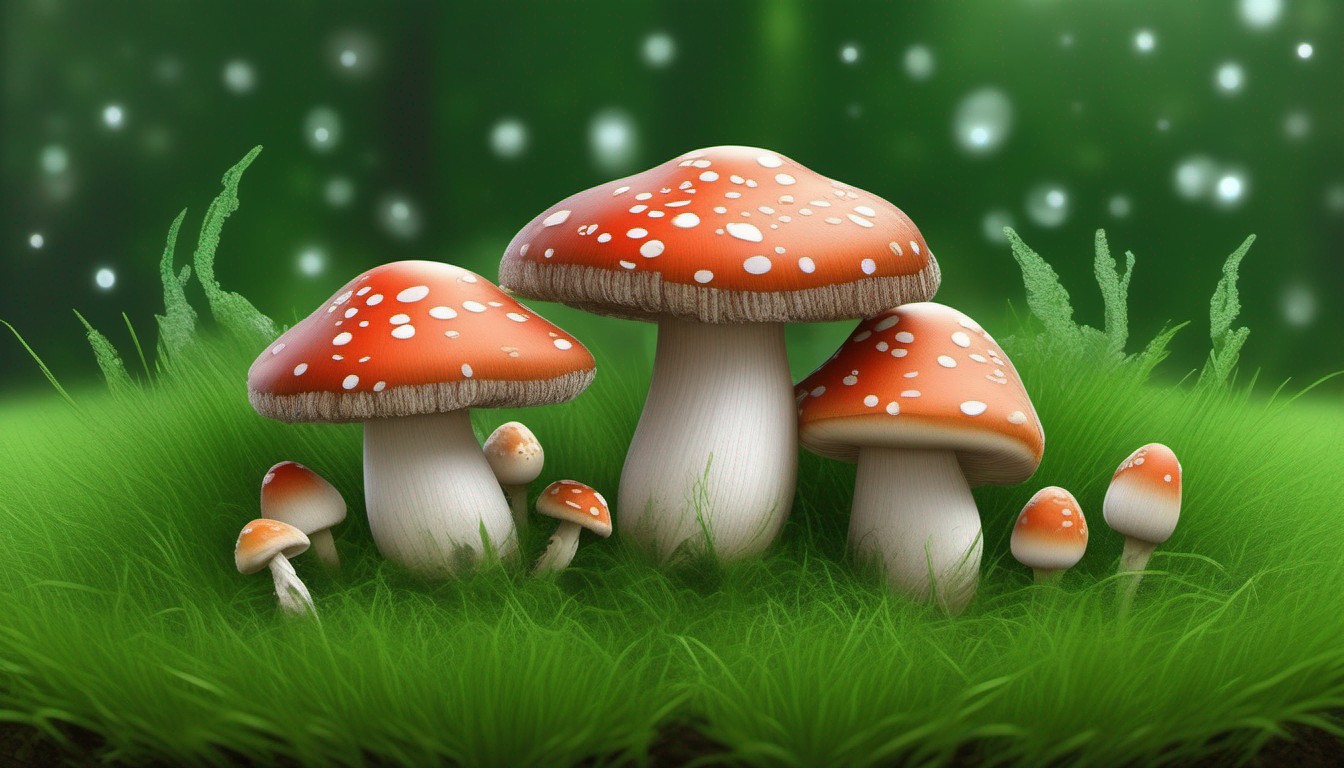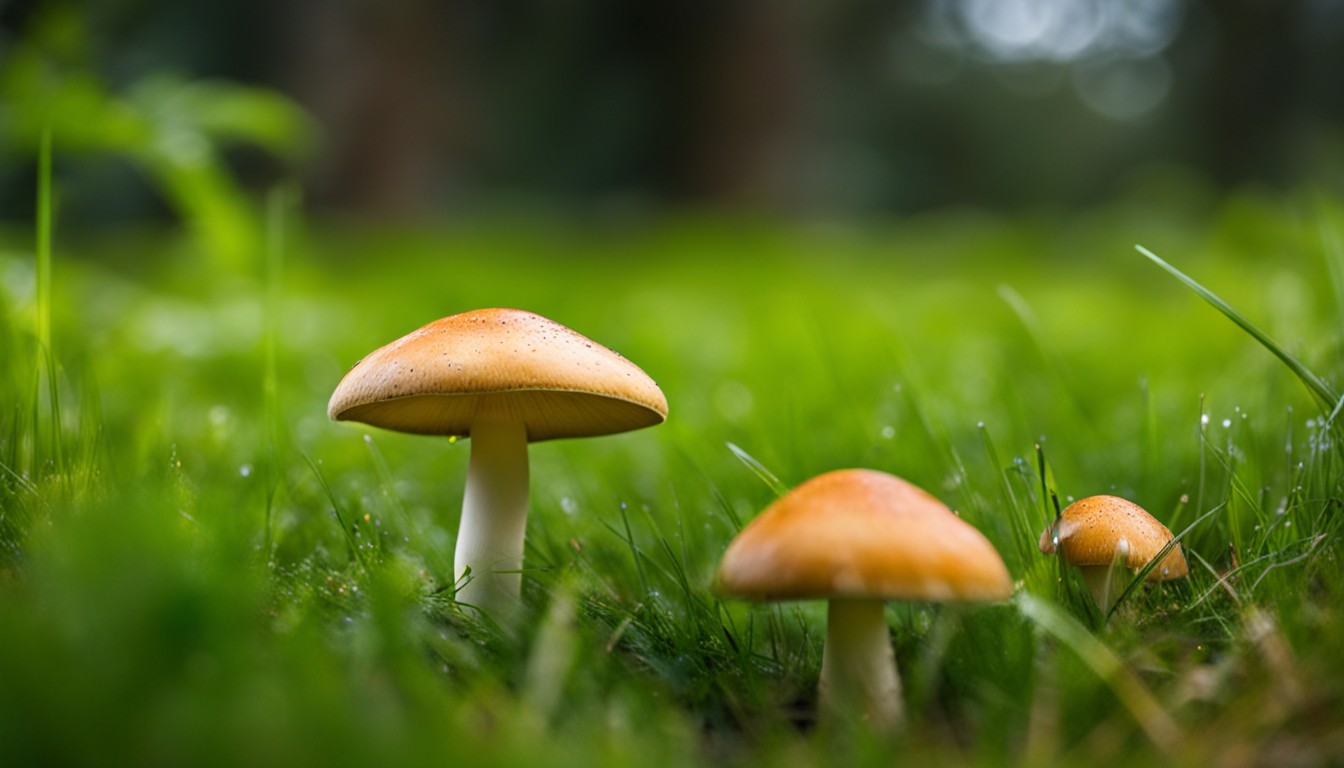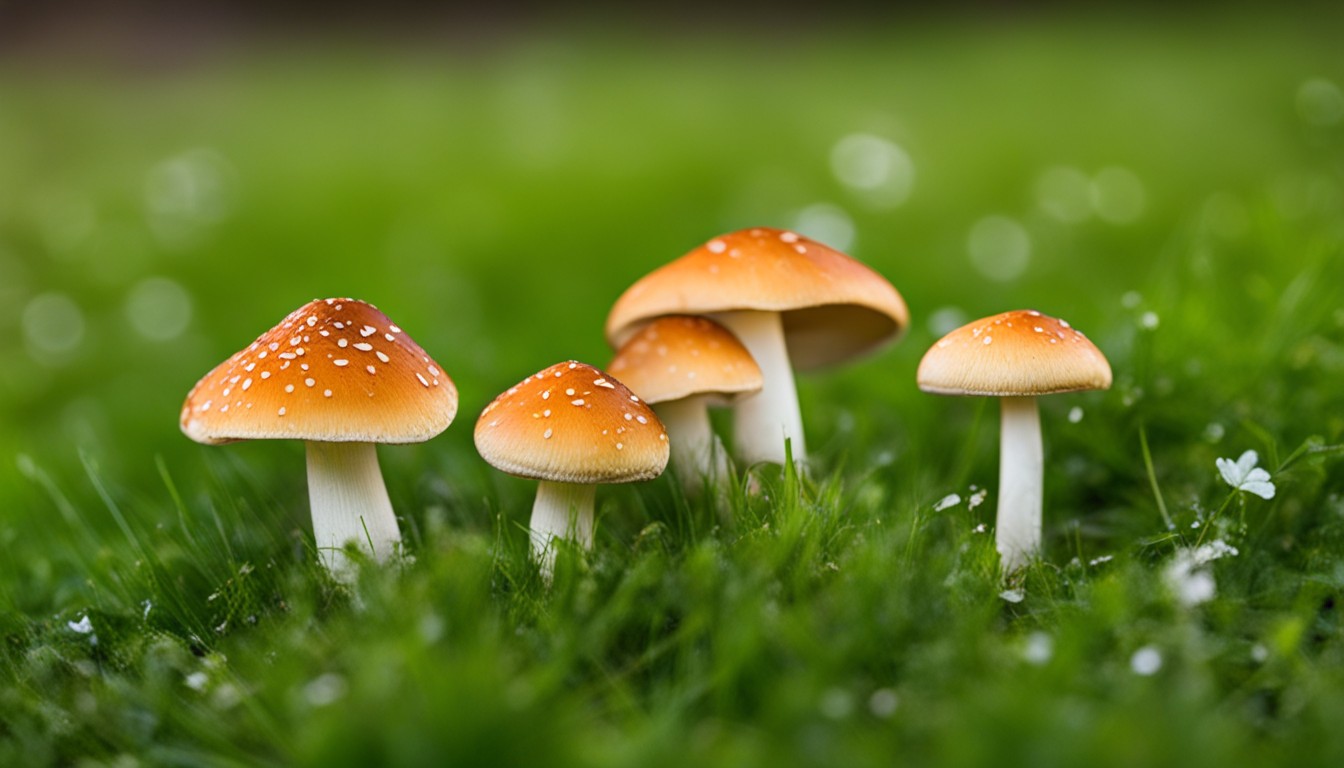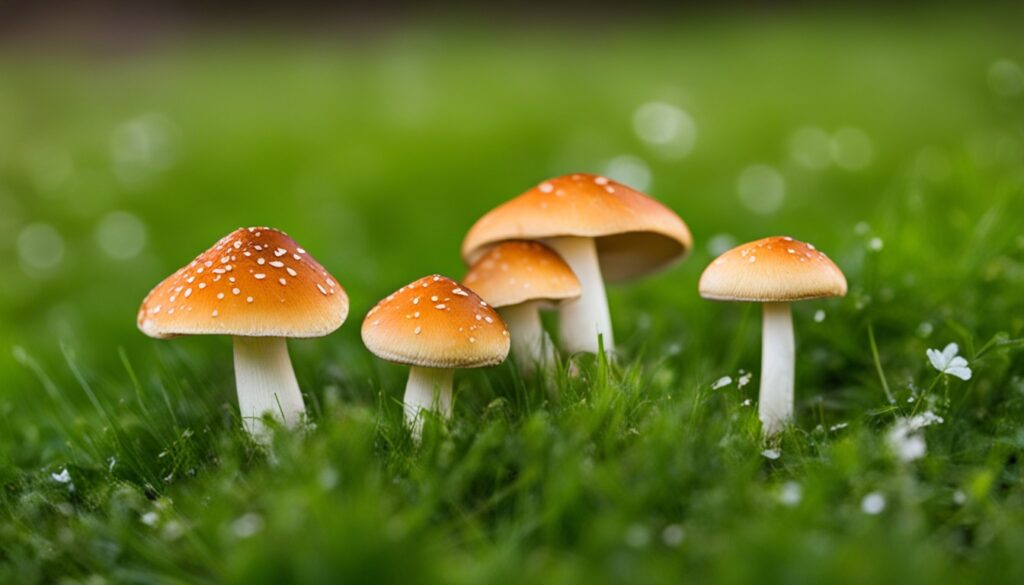Hot pot mushrooms are a versatile and delicious ingredient that can elevate any hot pot dish. From the earthy and robust flavor of shiitake mushrooms to the delicate and tender enoki mushrooms, there are endless possibilities when it comes to incorporating mushrooms into your hot pot. Whether you’re a vegetarian looking for a meaty substitute or a mushroom enthusiast wanting to explore new flavors, hot pot mushrooms are the perfect choice. With their rich umami taste and unique textures, they add depth and complexity to hot pot broths, making every bite a delightful experience. So next time you gather around the hot pot, don’t forget to include a variety of mushrooms for an unforgettable dining experience.
Understanding Hot Pot
Hot Pot, a culinary delight originating from East Asia, boasts deep cultural roots and significance. Its communal cooking and eating approach fosters connection, unity, and harmony among participants, representing the Eastern philosophy of togetherness and collective enjoyment of meals.
What is Hot Pot?
Hot Pot is an interactive dining experience that originated from East Asia. This traditional dish involves a simmering pot of broth at the center of the dining table, where a variety of ingredients, including vegetables, seafood, meats, and especially, mushrooms, are cooked.
The origins of Hot Pot date back over 1,000 years. Initially a bitterly cold regions’ delicacy, its warming nature made it popular, leading to the creation of regional variations, each reflecting specific local tastes and ingredient availability.
Hot Pot is not just a meal, but a holistic experience. Participants cook their selected ingredients at their pace, enabling a true appreciation for the intricate flavors blending in the pot, especially those emanating from diverse mushrooms, the unsung heroes of this culinary journey.
Regional Variations of Hot Pot
While Hot Pot may signify one singular dish to some, it actually boasts extraordinary diversity influenced immensely by regional variations. From the robust, pungent flavors of the Sichuan province to the clear, light-hearted essence of the Cantonese hot pot, regional influences fashion unique experiences.
The distinct flavors of hot pots, from robust Sichuan to light-hearted Cantonese, aren’t just molded by the broth base but by ingredient diversity, including local mushrooms, embodying regional culinary narratives.
The heartiness of Northeastern Chinese hot pot, often enrichened with wild mushrooms and meats, stands in great distinction to the seafood-laden styles of coastal regions. Each type of hot pot cultivates a distinct culinary narrative, shaped by the availability and tradition of local resources.
Regional influences do not merely shape the base broth but complete the hot pot’s portrayal through the variety of ingredients used, including mushrooms. For instance, in Japan – famous for its Shabu Shabu – Enoki mushrooms reign supreme; while in China, Shiitake and Wood Ear mushrooms may be more commonplace.
The Southwestern Yunnan province’s hot pot, also known as ‘crossing the bridge noodles,’ often flaunts a profusion of local mushrooms, introducing a uniquely refreshing, earthy element to the robust, nuanced range of flavors. Thus, regional diversity and influence carve the compass of hot pot flavors, transforming each pot into a culinary travelogue.
The Essence of Hot Pot Mushrooms
Embedding mushrooms in hot pot recipes brings an undeniably unique flavor. Their distinct earthy taste, coupled with their ability to absorb the broth’s essence, amplifies the dish’s multifaceted profile.
Being a staple in Asian cuisine, mushrooms infuse hot pots with not just flavor, but also a dense nutritional profile. They naturally contain essential nutrients such as riboflavin and niacin.
Mushrooms are a key component to the experience of hot pot. Aside from their allure of taste, they introduce a hearty texture providing a balanced contrast to the other ingredients.
Moreover, their absorbent nature enhances their role in hot pot. Soaked in savory broth, they act like flavor sponges, aiding the amalgamation of taste profiles, enriching each bite taken.
Different Types of Hot Pot Mushrooms

Unveiling the Variety of Hot Pot Mushrooms, such as Shiitake, King Trumpet, and Morel, enhances the culinary experience. Each variety has a distinct flavor that enriches the Hot Pot.
Choosing the right mushroom variety for your Hot Pot experience is crucial, as it influences the overall flavor profile. From the aroma-rich Shiitake to the meaty Morel, the choice is endless and gives a unique touch to your Hot Pot.
Shiitake Mushrooms
Shiitake mushrooms, native to East Asia, are a rich addition to hot pot, contributing charred, umami flavors that subtly permeate throughout the broth. Their meaty texture and distinct aroma enhance the hot pot experience, unlocking culinary dimensions hitherto untapped.
- Shiitake mushrooms are packed with nutritious compounds such as eritadenine, which helps to lower cholesterol levels, and lentinan, a type of sugar molecule which boosts the immune system.
- In spite of being relatively low in calories, shiitakes are also high in vitamins and minerals – boasting a hefty dose of copper, pantothenic acid, selenium, and vitamin B2.
Enoki Mushrooms
Enoki mushrooms, delicate with long, slender stems and tiny caps, play a notable role in enhancing the textural diversity of hot pot. Their delicate flavor profile and appealing crunch introduce a pleasing novelty to conventional hot pot recipes.
- They’re highly absorbent, soaking up the rich, savory goodness of the broth.
- Distinctively mild in flavor, Enoki mushrooms accommodate well with various hot pot ingredients.
- The crunchiness of Enoki mushrooms remains consistent even after long cooking times, ensuring a reliable texture throughout.
Oyster Mushrooms
Oyster Mushrooms, known for their subtle yet robust flavors, bring a unique taste profile to the Hot Pot. While they are a commonly used ingredient, their health benefits, like strengthening the immune system and lowering cholesterol, make them a superfood in the world of hot pot cuisine.
- Rich in nutrients such as Vitamin D, iron, and fiber
- Aids in boosting the immune system
- Possesses antioxidant properties
- Helps lower cholesterol levels
- Contains properties that support heart health
- Enhances the unique flavor profile of the hot pot
King Trumpet Mushrooms
King Trumpet Mushrooms are a must-have for a sophisticated hot pot experience. Their firm texture and robust flavor add a rich, savory note that can elevate your hot pot dishes to a gourmet level.
- Use King Trumpet Mushrooms in your hot pot for an amplified culinary experience.
- Enjoy the unique robust flavor of King Trumpet Mushrooms in your hot pot dishes.
- King Trumpet Mushrooms add a rich, savory note to any hot pot concoction.
Wood Ear Mushrooms
Wood Ear Mushrooms, known for their distinctiveness, contribute an incredible crunchiness to the Hot Pot. They not only offer a pleasant contrast in texture but also balance the nutritional aspect, making your Hot Pot a wholesome feast.
- Unique crunchy texture of Wood Ear Mushrooms
- Nutritionally rich, adding dietary fiber, protein, and essential vitamins
- Contribution to the balance of flavors in the Hot Pot by absorbing broth
- Promotion of digestive health due to its dietary fiber content
Straw Mushrooms
Straw mushrooms bring a unique smooth texture into hot pot dishes. These small, globe-shaped fungi are treasured for their velvety feel on the palate, complementing the complexity of the savory hot pot.
Adding straw mushrooms can lend a savory depth to your hot pot experience. These fungi are renowned for their umami-rich notes, enhancing the overall flavor profile of the dish.
When cooked in a hot pot, straw mushrooms retain a firm yet tender consistency. This texture melds impeccably with the fluid dynamics of the hot pot, creating an intriguing gastronomic sensation.
The straw mushroom’s flexibility allows them to absorb the robust flavors of the hot pot broth. This attribute contributes substantially to the savory symphony of flavors in every bite.
Despite their petite size, straw mushrooms punch above their weight in terms of flavor. Their hearty essence saturates the hot pot, offering a culinary delight that’s both stimulating and comforting.
Morel Mushrooms
Morel mushrooms, characterized by their earthy, smoky flavor and tender, meaty texture, are an exquisite choice for hot pot enthusiasts seeking a distinctive sensory experience. Perfectly absorbing the broths’ flavors, Morels transform each hot pot dish into a culinary voyage.
Serving as a luxurious addition, Morel mushrooms elevate your hot pot with their rich, gourmet profile. Their unique honeycomb structure not only provides a visually appealing ingredient but also offers a satisfyingly crunchy texture, adding depth to your hot pot experience.
Choosing the Best Mushrooms for Hot Pot

Impeccable attention to the art of mushroom selection can determine the culinary zenith of your Hot Pot experience. A keen eye for freshness, quality, and variety guarantees a gratifying blend resonating with rich umami tones.
Mastering the mushroom blend for your Hot Pot is intriguingly an exercise of gastronomical wisdom. Carefully chosen variations promise a fascinating symphony of flavors, accentuating the luscious depth and unexpected nuances of your dish.
What to Look For
Buying the freshest mushrooms will significantly improve the flavor of your hot pot. Always look for firm, plump caps, ensuring stems are not discolored or slimy. Avoid those with wrinkles or damp spots.
Purchasing high-quality mushrooms for hot pot emphasizes the value of quality over quantity. Although it might seem beneficial to get more for your money, the quality of the mushroom will vastly affect the depth of the broth’s flavor.
When identifying fresh mushrooms, the scent is also crucial. Fresh mushrooms should smell earthy, not musty or pungent. If a mushroom’s smell seems unpleasant or stale, it is likely past its prime.
Another vital factor to check is the mushroom’s gills, if visible. They should be tight and neatly arranged. A mushroom displaying gills that are spreading apart or starting to show wear has probably lost its freshness.
Fresh vs. Dried Mushrooms
The debate between using fresh or dried mushrooms in hot pot dishes deeply impacts the flavor profile. Fresh mushrooms lend a subtler flavor and chewier texture, while dried varieties offer an intense, concentrated taste.
Used correctly, both fresh and dried mushrooms can enhance your hot pot. The choice depends on the dish’s original flavor and the individual’s taste preference; a hearty, robust broth could benefit from the strong notes of dried variants.
Knowing the flavor dynamics is key to mastering hot pot mushrooms. While fresh mushrooms release their essence over time, dried counterparts instantly infuse the broth with a full-bodied, umami punch.
Organic and Locally Sourced Mushrooms
To advocate for sustainability, consider opting for locally sourced mushrooms when you’re preparing a hot pot. This not only supports your local farmers, but also ensures the freshest ingredients for your meal. Moreover, it reduces the carbon footprint caused by cross-country or international shipping of products.
Embracing organic mushrooms can remarkably elevate your hot pot experience. Besides being free from harmful pesticides and synthetic fertilizers, organic mushrooms tend to imbibe richer, robust flavors, ensuring a wholly satisfying and wholesome hot pot experience.
Remember, choosing organic and locally sourced mushrooms does not merely concern personal health benefits. It also fosters a proactive approach towards creating a sustainable world, contributing to the well-being of the community and environment at large. So, it’s not just about a tasty hot pot, but a tastier ecosystem too.
Preparing Mushrooms for Hot Pot

Ensuring an exceptional hot pot experience, the preparation of mushrooms should be meticulous. It is paramount to clean them gently without soaking, cut them in uniform sizes for even cooking, and consider a light marination for enhanced flavor without overpowering the broth.
Cleaning Mushrooms
Meticulous cleaning is instrumental in maximizing the taste quality of mushrooms for hot pot, effectively removing any dirt or debris while preserving their inherent earthy flavor. This process serves to ensure that every bite is free from grit, augmenting the overall culinary experience.
Embracing gentle cleaning techniques enhances the flavor profiles of the mushrooms, particularly in a hot pot dish. A soft brush or a damp towel can effectively clean the delicate surfaces without causing any damage. This method safeguards the mushrooms’ natural aroma and texture, crucial for a notable hot pot experience.
Slicing and Dicing Mushrooms
Our culinary journey would be incomplete without discussing the enchanting process of slicing and dicing mushrooms. Each incision lays bare a new texture and shape that beautifully complement the nuanced flavors of a hot pot. For a subtle yet noticeable crunch, transpose Enoki mushrooms into long, slender strips. If a meaty chew is what you’re after, chunky pieces of Shiitake will hit just the right spot.
A thought to ponder would be how mushroom shape and size significantly factor into the hot pot experience. A hearty chunk of King Trumpet mushroom offers a satisfying bite and a large surface area to absorb all the broth’s robust flavor. Conversely, delicate and thinly sliced Oyster mushrooms imbue the hot pot with a gentle earthiness.
Is variety your preferential spice of life? Introduce a medley of mushroom cuts into your hot pot. Sliced Shiitake, chunky Wood Ear, and finely chopped Morel can strike a delightful harmony, providing varied textures and tastes in every spoonful.
The art of mushroom preparation is not only about taste, but also about elevating your hot pot’s character. Thoughtfully sliced and diced mushrooms bring visual appeal and diversity, enriching the communal pot with an exquisite array of shapes and sizes, setting the stage for an enchanting dining spectacle.
Marinating Mushrooms
Seeping your selected hot pot mushrooms in an appealing blend of sauces and spices amplifies their inherent flavors, creating a superb depth that enriches the overall hot pot experience. Marination allows these fungi to act as sponges, soaking up umami-packed flavors that unfold exquisitely when simmered.
Mushroom marination elevates your hot pot, transforming it from humble comfort food to a gourmet delight. Techniques range from simple blends of soy sauce and sesame oil to intricate concoctions involving fermented beans and chili sauces. Exploring these diverse enhancements is part of the journey towards your ideal hot pot.
Frequently Asked Questions
Hot Pot Mushrooms: Exploring the Perfect Ingredients
Hot pot mushrooms are a versatile and delicious addition to hot pot dishes, adding depth and flavor to the broth. Whether you’re a vegetarian looking for a meaty substitute or a mushroom enthusiast wanting to explore new flavors, hot pot mushrooms are the perfect choice. From the earthy and robust taste of shiitake mushrooms to the delicate and tender enoki mushrooms, there is a wide variety of mushrooms to choose from. They not only enhance the overall taste but also offer unique textures that make each bite a delightful experience. Keep reading for answers to frequently asked questions about hot pot mushrooms.
1. What are hot pot mushrooms?
Hot pot mushrooms are a versatile ingredient that adds flavor and texture to hot pot dishes. They come in various types, including shiitake, enoki, oyster, and king oyster mushrooms.
2. Why use mushrooms in hot pot?
Mushrooms bring a rich umami taste and unique textures to hot pot, elevating the overall dining experience. They also absorb the flavors of the broth, making them a perfect complement to other ingredients.
3. Which mushrooms are best for hot pot?
Shiitake, enoki, oyster, and king oyster mushrooms are among the best options for hot pot. They offer distinct flavors and hold up well in the hot pot broth.
4. Can I use mushrooms as a meat substitute in hot pot?
Absolutely! Mushrooms can serve as a delicious and nutritious meat substitute in hot pot, making it an excellent choice for vegetarian or vegan hot pot lovers.
5. How should I prepare hot pot mushrooms?
Hot pot mushrooms can be sliced or left whole, depending on your preference. Slicing them allows for faster cooking and better absorption of flavors, while keeping them whole provides a satisfying bite.
6. Any tips for cooking mushrooms in hot pot?
For maximum flavor, consider lightly searing the mushrooms before adding them to the hot pot. Marinating them beforehand can also enhance their taste. Experiment with different techniques to find your favorite method.
7. Are hot pot mushrooms suitable for all dietary preferences?
Yes, hot pot mushrooms are suitable for various dietary preferences, including vegetarian, vegan, and gluten-free diets. They are a versatile ingredient that can be enjoyed by many.
8. Where can I find hot pot mushrooms?
Hot pot mushrooms can be found in most grocery stores, specialized Asian markets, or online. Look for fresh mushrooms with firm textures and vibrant colors.
9. How long do hot pot mushrooms need to cook in the broth?
The cooking time for hot pot mushrooms may vary depending on the mushroom type and size. Generally, mushrooms only need a few minutes to cook in the hot pot broth, ensuring they retain their texture and flavor.
10. Any other dish suggestions to use hot pot mushrooms in?
Hot pot mushrooms can also be used in stir-fries, soups, and other Asian-inspired dishes. Their unique taste and textures add a burst of flavor to any dish. Get creative and explore new culinary possibilities!
Conclusion
Understanding the intricacies of hot pot mushrooms allows individuals to elevate their culinary experience. Mushrooms warrant careful selection, preparation, and marination to deliver the optimal depth of flavor in hot pot dishes.
- Key takeaways: Regional variations of hot pot and their unique mushroom preferences, the wide range of mushroom types each providing distinct texture and taste, the importance of choosing fresh or quality dried mushrooms, and the proper steps in cleaning, slicing, and marinating mushrooms.

